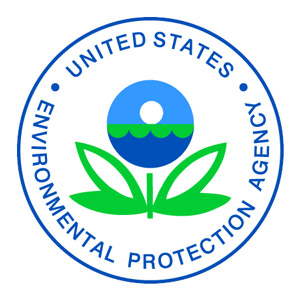
In January 2022, the U.S. Environmental Protection Agency (EPA) implemented a new policy designed to further protect endangered species.
Before it registers a new pesticide’s active ingredients (AI), the EPA will evaluate the potential effects the AI may have on federally threatened or endangered species, and their designated critical habitats. It may initiate a formal Endangered Species Act (ESA) consultation with the U.S. Fish and Wildlife Service and the National Marine Fisheries Service, if needed, before it registers a new AI.
The ESA was signed into law on Dec. 28, 1973, to protect and preserve endangered or threatened species and the ecosystems on which they depend. The U.S. Fish and Wildlife Service and the National Marine Fisheries Service are tasked with implementing the ESA.
EPA FINDINGS
Going forward, the EPA will consider the likelihood that the registration of an AI may jeopardize the continued existence of species on the endangered list, or adversely modify their designated critical habitats. The EPA will then provide its findings to the U.S. Fish and Wildlife Service and the National Marine Fisheries Service.
To determine or predict the potential effects of a pesticide on these species and their habitats, the EPA will use ecological assessment principles and apply what it has learned from previous determinations and the biological opinions of the U.S. Fish and Wildlife Service and the National Marine Fisheries Service.
If the EPA determines it is likely:
- The AI may jeopardize the continued existence of species on the endangered list, or adversely modify their designated critical habitats, the agency will only make a registration decision on the new AI after requiring registrants to implement mitigation measures that it determines would likely prevent jeopardy or adverse modification.
- A new AI may adversely affect species on the endangered list or their designated critical habitats, but jeopardy/adverse modification is not likely, the agency may require registrants to include mitigation measures on their registration and product labeling to minimize the effects of incidental take to listed species that could result from the use of a pesticide.
In both situations, the agency’s formal consultation with the U.S. Fish and Wildlife Service and the National Marine Fisheries Service still will be necessary.
PRODUCT LABELS
The EPA may determine it is necessary for registrants to incorporate into the product’s labeling a link to its Bulletins Live! Two website, online at EPA.gov/endangered-species/bulletins-live-two-view-bulletins.
In February 2022, the EPA launched a new version of its Bulletins Live! Two website, which provides geographically specific pesticide use limitations intended to protect threatened and endangered species and their designated critical habitat. If a pesticide label directs the user to the website, the user must access the website and follow the use limitation for the intended application area, active ingredient, and month of application.
If the pesticide label directs users to the Bulletins Live! Two website, they are required to follow the pesticide use limitations(s) found in the Bulletin for their intended application area, pesticide AIs or product and application month.
The EPA’s Bulletins contain:
- A map of the user-defined intended application area.
- The user-selected AI and/or pesticide product to be applied.
- Pesticide use limitation.
- The month for which the Bulletin is valid.
Bulletins referenced on a pesticide label are enforceable use limitations under the Federal Insecticide, Fungicide and Rodenticide Act (FIFRA). Users may access Bulletins up to six months before a pesticide application. Users must follow the correct Bulletin for the month of their pesticide application.
A user’s state may have pesticide use limitations beyond those found in their Bulletin. Bulletins are not intended to replace or override any restrictions that the user’s state may impose. Users need to be aware of, and follow pesticide limitations according to both state and federal requirements.
Leave A Comment